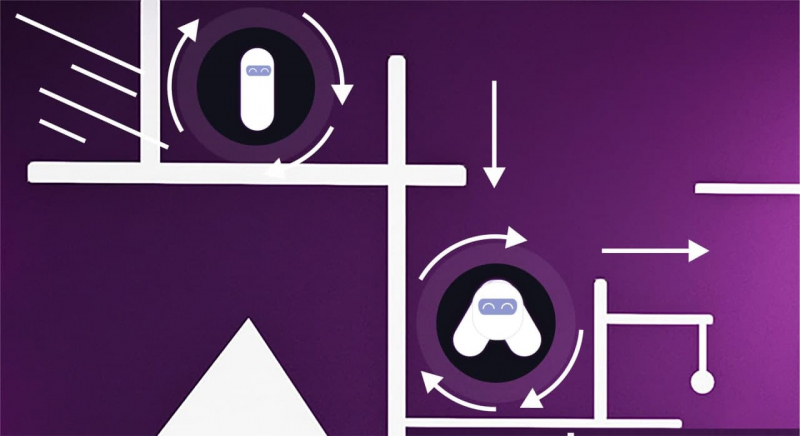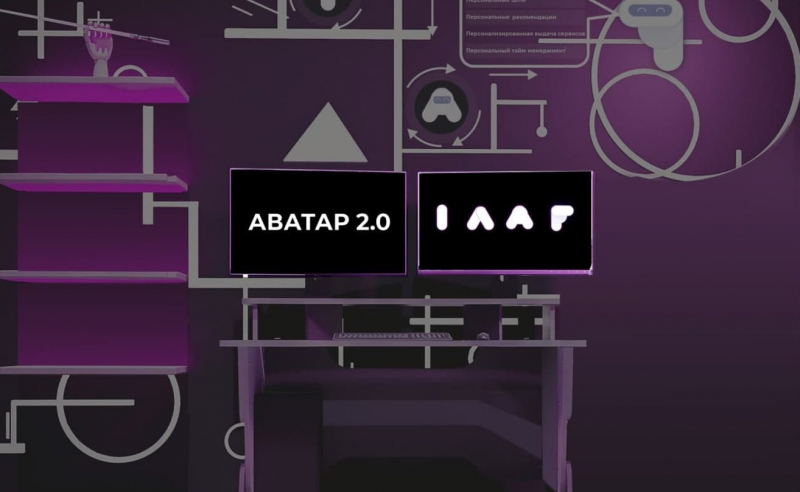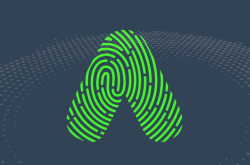Charting new paths
Although as of today there are no such things as artificial intelligence or digital avatars, humanity moves rapidly towards their creation. Among those involved in the effort are the specialists of ITMO’s National Center for Cognitive Research, creators of ITMO Avatar.
Hundreds of researchers and developers all over the world are trying to create a world in which digital – and intelligent – assistants will serve us, but that’s easier said than done: there are no certain paths or tried-and-tested methods. Speaking metaphorically, there’s no perfect route and top-notch racecar to take us to the finish line in seconds. The development process is more like a long off-road race: the team doesn’t know the route in advance and isn’t sure what lies ahead.
Reimagining the product
Unlike with products based on pre-existent technologies, working on innovative projects brings lots of unexpected surprises. When it comes to ITMO Avatar, however, the route is even more complex, long, and unpredictable.
Since the project was launched, there have been several versions of the product. They were completed, evaluated by professionals, and tested by students. Thanks to this, the developers could not only see which versions are better and analyze their functionality but also make changes in the general concept.
“As Thomas Edison said, ‘I have not failed. I've just found 10,000 ways that won't work.’ This experience was extremely useful: it allowed us to reimagine the avatar ecosystem and now we see it not as a community of interconnected digital assistants, but as a projection of ITMO onto the digital environment. In January, Avatar will be able to provide access to almost everything that has been digitized: from the weather outside to the psycho-emotional state of a lecturer. In this digital environment, the Avatar will help navigate among events, locations, times, and even people. Multiple tests and communication with students made it clear that the system should, first of all, be an advisor, a trusted representative, and a liaison for its owner. Therefore, the Avatar will not only be able to provide answers to a user’s questions or remind them about important events, but also directly connect the student with a lecturer. For example, it can hand in a term paper on its own, even if no contact information was provided,” comments Oleg Basov, head of the Cognitive Non-Verbality Laboratory at ITMO’s National Center for Cognitive Research.
New features
The mobile application now allows students to upload information about their projects and achievements that can be viewed by potential collaborators. You can attach any files and notes to the project or event card, as well as add collaborators. ITMO Avatar is becoming an integral communication tool thanks to which everyone will be able to find a scientific project, event, and team to their liking.

Credit: Anastasiia Laushkina, National Center for Cognitive Research
Among new features is the Avatar’s ability to “objectively perceive” its owner. To make this possible, users can take specially-developed psychological and professional tests on their profile page; artificial intelligence will analyze the results and take into account the compatibility of different users when suggesting potential team members. The developers are convinced that ITMO Avatar will significantly increase the emotional comfort of users in the process of collaboration.
Navigating the path
Additional features will be added steadily and the developers will constantly analyze feedback. They believe that the project should be developed gradually and thoughtfully. Continuing the racing metaphor, they say it’s not that important how detailed the map is – it’s a difficult route but one that must be completed quickly, so it’s important to consult your navigators.
“Our team has developed a preliminary schedule of release dates and plan to launch updates with new features every two-four weeks. At the same time, we’ll try to respond to feedback as quickly as possible and are ready to adjust the release dates depending on the reactions and suggestions of our users,” says Andrey Karsakov, head of the National Center for Cognitive Research’s Interactive Visualization lab.
Key to success
In racing, there’s always a large team behind every win: mechanics, engineers, drivers, doctors, masseurs, press agents, managers, etc. Even though they remain largely unknown to the public, each is important for the common goal.
Dozens of people work on the Avatar, as well. Mostly, the team consists of specialists from two labs: Cognitive Non-Verbality Laboratory and Interactive Visualization Lab. The digital assistant itself was developed by the Algorithmics of Complex Systems Lab. The Center is home to 11 scientific teams and their services and solutions will be gradually integrated into the Avatar ecosystem.
The mobile version will become available on December 1 for a limited audience – the lecturers and students of ITMO’s Faculty of Digital Transformation.
“In December, our faculty will turn into a testing ground,” says Semyon Kraev, dean of the Faculty of Digital Transformation. “The spirit of revolutionary digital transformations is absolutely natural for our students due to the specifics of the faculty. I think they will be happy to take part in the development of ITMO Avatar. In our case, the development team is composed not only of leading scientists and programmers, but also active users thanks to whom experimental solutions gradually become a part of our everyday life.”
After being tested at the Faculty of Digital Transformation, the Avatar will be rolled out university-wide.
“Feel free to download the app and join the ranks of active users and our reliable advisers. Before Avatar becomes a wise navigator on your educational journey, we invite you to join the team and contribute to the development of the ecosystem of digital assistants,” says Oleg Basov.




